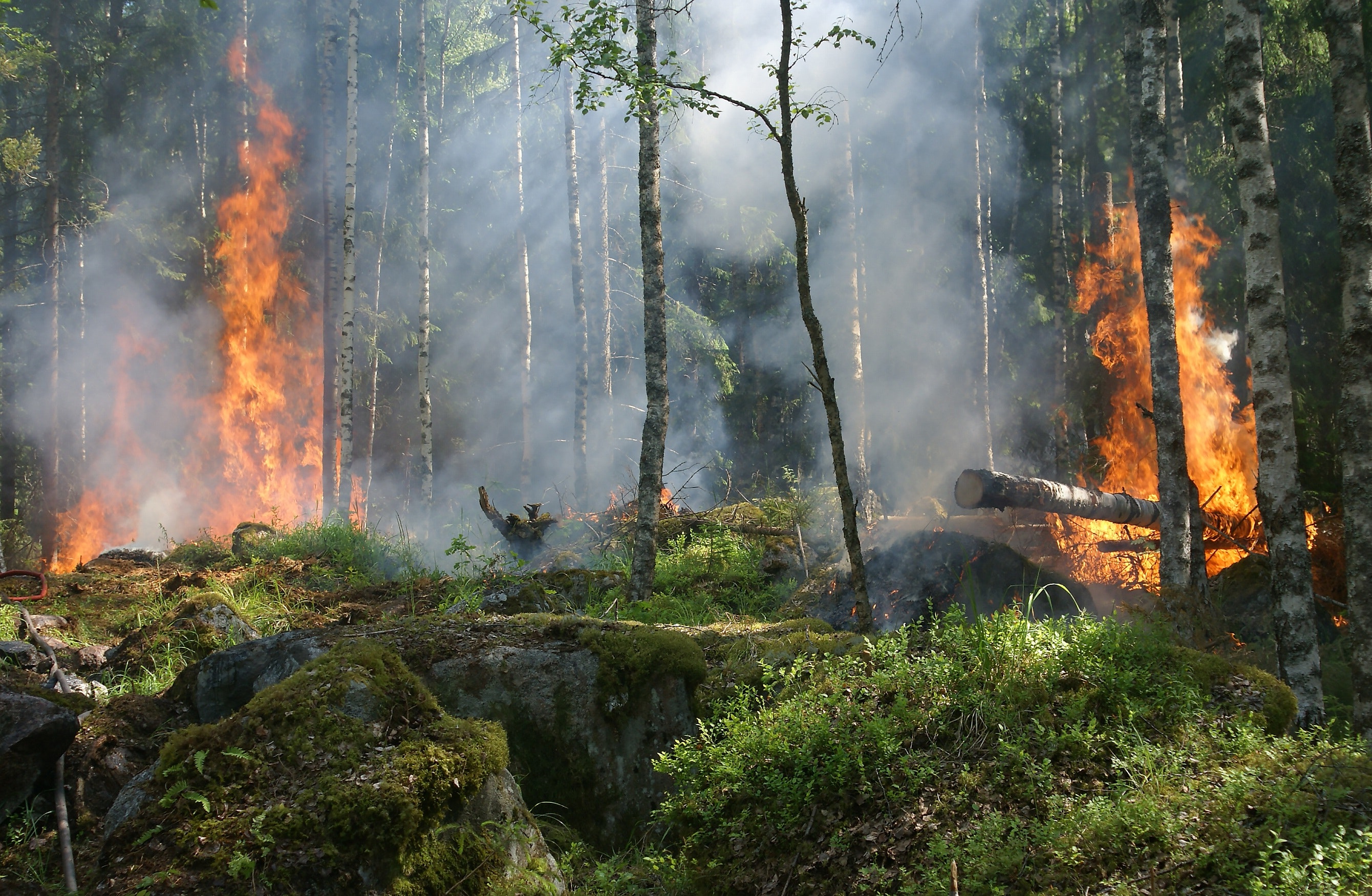California: 6 Ways to Protect Your Family (and Home) From Wildfires (2021 Has Been a Rough Year)

All homeowners who are selling or buying a home are required by law to ensure that they are equipped with a NHD Report (Natural Hazard Disclosure Report). Being fully versed in this report could be a great help when faced with the many hazards which residents face in the Golden State.
To the residents of California, dealing with wildfires is not an event that is out of the ordinary. In fact, it has become an all too real threat to the lives (and homes) of local residents. Last year was a very rough year and wildfires caused an inordinate amount of damage, but this year has seen the wildfires destroying three times more land than in the same time period last year.
According to statistics given by CalFire, there have been 6574 wildfires this year so far. They stated that the fire season this year has been extended by about seventy-five days. This is due to the warmer spring and summer months and the decrease in snowpack along with the early snowmelt which has caused much drier seasons and is leading to drought in some portions of the Golden State. The lack of moisture on vegetation is making the plants and forests more susceptible to raging wildfires.
Knowing whether or not their home lies in the line of fire, so to speak, could help residents to prepare more thoroughly for the eventuality of a wildfire. Here are 6 ways to protect you home and family from wildfires and help you to prevent this year from being even rougher than it has already been.
1) Protecting the Perimeter
Anything that is touching the house will be seen as part of the house by any blazing fire, therefore it is imperative to make sure that all areas in a perimeter of five feet of the house have been cleared of debris.
Another thing that many do not think about when protecting their home is to ensure that flower beddings are supplied with gravel or stone mulch products instead of organic mulch, as organic mulch is highly flammable. It would also be advisable to separate any wooden fencing (especially back to back fencing) from the house with a metal or masonry barrier.
2) Clear the Home Ignition Zone
Should your home fall into a fire hazard, according to the NHD Report, then you need to pay special attention to the home ignition zone. The home ignition zone is the area directly surrounding the house from about thirty feet extending to roughly one hundred feet from it.
Many people don’t realize just how many ignition points there are around the house in the immediate vicinity, whether it is dry leaves or just a handful of twigs and sticks. Make sure that all low hanging branches on trees are kept pruned and any dead wood removed. Hedges need to be kept trimmed and all the debris cleared away as well. Shrubs and other plants need to be kept spaced out and all shrubs and foliage need to be regularly watered.
One thing to keep in mind is that if all shrubs and trees are removed then the fire will have a direct line of sight (in a way something like a bowling alley) all the way to the house. Well-spaced vegetation around the home can actually act as a buffer against any wind-blown embers.
3) Protect and Fireproof the Roof
The roof is one of the main points of entry for wildfires due to the fact that shooting embers often land on the roof and a blaze is ignited which quickly envelops the entire house. No matter what else you do around the house and property, if the roof is highly flammable then all else may have been done in vain. Homeowners who have a wooden slated roof would be best advised to replace the wooden slats with asphalt shingles, tile or slate.
In the event that you don’t want to replace the roof, it would be wise to paint the roof with fire retardant or install a rooftop sprinkler so that you can water the roof without endangering your safety. Added to this all gutters should be kept clean of debris and leaves.
4) Fireproof the House
Once the roof and immediate vicinity and perimeter have been taken care of, it would be a good idea to tackle the house itself. There are many ways in which the home can be protected against an attack from wildfires. One way to do this is to make sure that no embers get inside the house because if they do, there is not much hope that the house will survive since it is filled with flammable materials.
Keeping embers out can be done by covering any vent openings with 1/8-inch hardware cloth, as well as using ember and flame proof vents. Also, if the house has a doggy door it needs to be able to seal properly – it would also be advisable to keep the door closed permanently during the fire season. Added to this, if there are any missing shingles on the roof make sure that they are replaced as soon as possible. Any open space is an open space too many.
Painting the house with a fire retardant will also help, as well as making sure that in the event of a fire all the natural gas lines in the home are shut off and all windows and doors are closed tight.
5) Pack and Prepare for Evacuation
When a wildfire does strike, many people are unprepared, especially when it comes to being evacuated. By having a “pack and go” bag stocked with the bare necessities such as a change of clothes etc. you will save valuable time in the event of having to leave at a moment’s notice. Make sure that the bag is a light duffel bag or backpack which is easy to carry. Each member of the family should have such a bag ready to grab and go.
Added to this, all vital and important documents (such as travel passports and documentation) should be kept in a safe place, ready to grab and pack in an instant.
6) Use Protection Against Fire Smoke
Due to the fact that many deaths during a fire are because of smoke inhalation, it would be wise to have a N95 mask handy. Should you have small children, you can make a homemade mask by wetting a flannel cloth or bandanna and having them hold it over their nose and mouth as you navigate through the smoke.
In Short Summary …
In conclusion, it is vital to make sure that you know which zone your home falls in which has been set out in the NHD Report. This will help you immeasurably to make sure that you are prepared for every eventuality.
Whilst wildfires are a part of life for many Californians, home owners are able to more accurately estimate the danger in their area by examining their Natural Hazard Disclosure Report in full as it applies to their and taking the necessary steps protect themselves and their homes.

